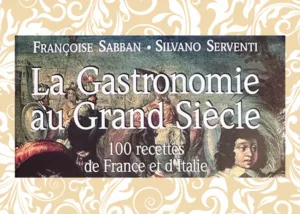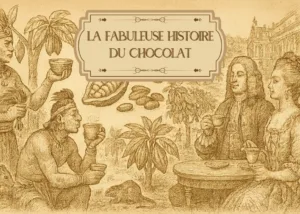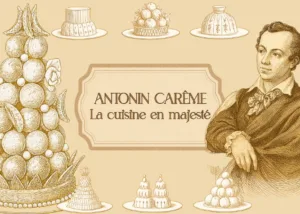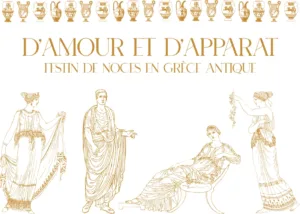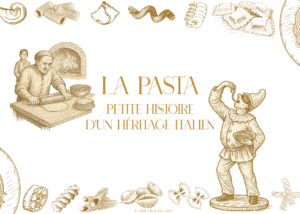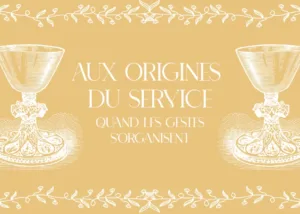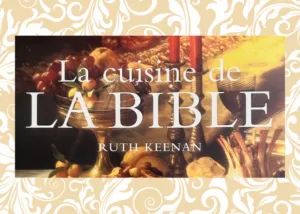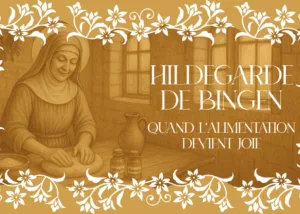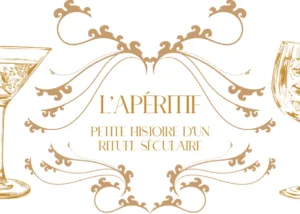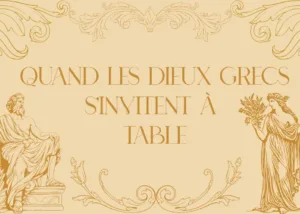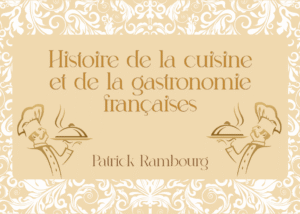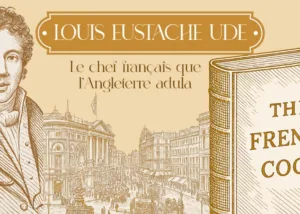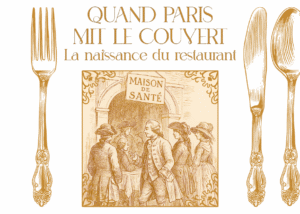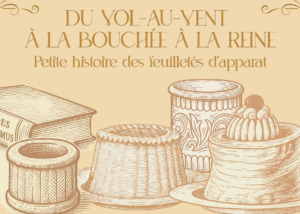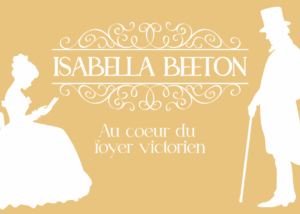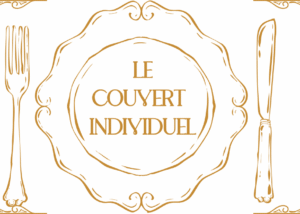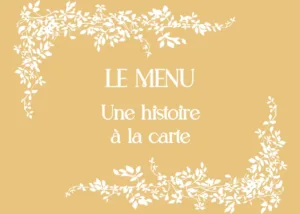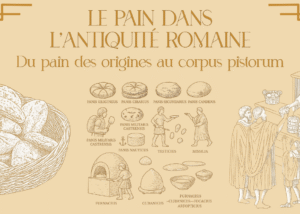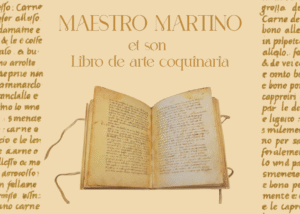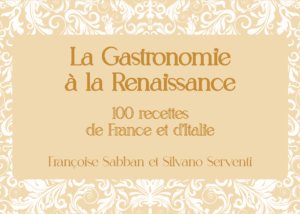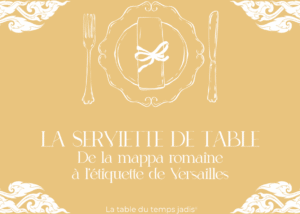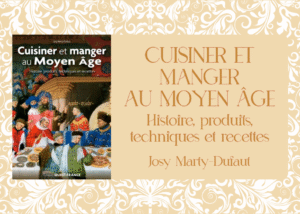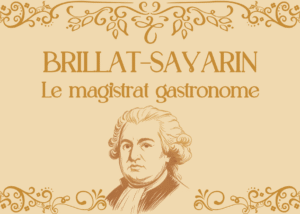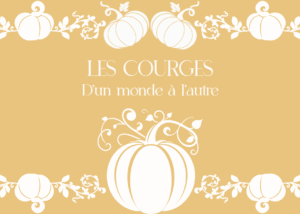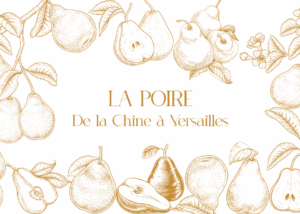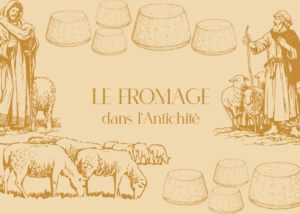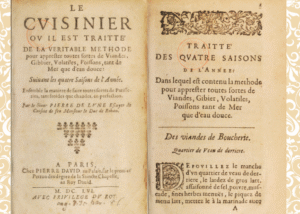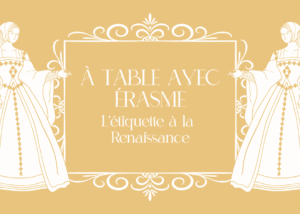The aperitif
Little story of a secular ritual

He precedes the meal as an opera opening: a few notes, a rustling of glasses, a promise of pleasures to come. Heir to a distant medicinal remedy , the aperitif has become one of the most perennial rites of the European art of living - from Turin to Toulouse, from Venice to Paris. Through his metamorphoses - bitter potion , exotic elixir, worldly cocktail, friendly "aperitif" - he tells five centuries of medicine, industry, colonization and shared sociability.

The art of opening appetite: a multimillerian tradition
Long before the word appeared, the Romans had their own opening drink. During Coena , the meal begins with Gustatio , a series of promulse - small salted or sweet bites: olives, stuffed dates, eggs, salads, seafood - served with mulsum , a sweet wine mixed with honey, pepper, sometimes oriental spices or flower petals. This drinking with sweet accents is supposed to stimulate appetite , warm the body and awaken the senses . This first gesture already marks an art of collective living , where the table becomes a theater of social ties.
The word "aperitif" later comes from the Latin Aperire ("open") and first designates medicinal preparation : it opens the digestive paths and prepares the stomach. In medieval Europe , this function is perpetuated through spicy wines , such as the Claré or the Hypocras , developed with wine, honey and spices such as cinnamon, ginger or clove. Served lijes or fresh, these drinks are deemed to warm the stomach and arouse appetite .
The Paris Mesnagier (1393) advises to drink it before a generous meal, or to strengthen the body . Other preparations, based on anise , angelica or fennel , are also deemed to open up, especially in monastic circles. If their bitterness remains marked, sugar and honey come to soften it, slowly starting the shift towards taste pleasure .
In the 18th century, the encyclopedia always classified the "aperitif" among drugs . Jean-Jacques Rousseau, in a letter to Malesherbes (1762), even cites a donkey milk which he considers "almost aperitif": proof that the border between medicine and pleasure begins to fade. The medicinal bitterness softens, and the aperitif, without saying it again, begins his hedonist .

From medicine to pleasure: the aperitif emancipates
The tilting takes place on the other side of the Alps. In Turin , Antonio Benedetto Carpano developed, in 1786 , a white wine vermouth sagebrush , cinnamon and cloves - soon imitated by Cinzano , which adapts its production to the tastes of the time.
At the beginning of the 19th century , Grimod de la Reynière erected the "coup" in codified ritual: a lam of kirsch, juniper or vermouth, drunk with a line to "dig the stomach" and open the ball with a meal in three acts.
In 1813 , Joseph Noilly founded the house Noilly Prat , a pioneer of the French dry vermouth . He married white wines from Languedoc to an infusion of herbs from the Pyrenees (angelic, coriander, centaurée, chamomile ...), according to an original method of oxidation in the open air in oak barrels. This fortified wine , with an elegant bitterness , becomes one of the first tasting aperitifs , opening the way to a distinct style of the Italian Vermouth.
In 1846 , the chemist Joseph Dubonnet created a wine of cinchin to prevent malaria in the North African colonies ; Its bitterness attenuated by spices makes it the darling of officers, then Parisian cafes.
In Milan , Gaspare Campari developed a bright red bitter 1860 , inspired by the medicinal tonics . He assembles alcohol , orange bark , quinine and alpine plants according to a recipe held secret . Served pure or elongated, the campaign quickly becomes emblematic of Italian cafes , with its intense taste and flamboyant color .
Three years later, in 1863 Martini & Rossi house entered the race with its softer vermouth , with a refined aromatic profile , which quickly seduce an international clientele .
distillation industry , the colonial conquest and the generalization of sugar transform the potion into a pleasure drink . Absinthe - at 45 ° ! - worries doctors ; In 1926 , Maurice Letulle denounced a "social disease" ... while recommending anyway to "swallow the aperitif on an empty stomach".
More toned than therapeutic , the aperitif officially enters the public sphere : it is now tasted for taste and for ritual .

Terraces, posters and cocktails: the aperitif becomes a show
In the heyday , the aperitif leaves the private sphere to appear in broad daylight. On the Parisian boulevards , the glasses align on the terrace, shine under the evening light, reflect the clear dresses and the Panamas. Maupassant evokes these "mixed liqueurs of water, infusions made with all the nuances of a watercolor box". In the cafes, the aperitif time becomes an urban choreography , between the tingling of the glasses and the ballet of the boys of coffee.
The time is also that of the visual explosion . Art Nouveau posters glorify emerging brands - Suze , Byrrh , Dubonnet - which transform their products into graphic icons. In a bar in the Folies-Bergère (1882), Manet captures the moment: a barmaid, bottles, and the whole society reflects in a mirror.
But it is the cocktail that gives the aperitif a new look. Launched in Parisian salons by the Prince of Wales (future Édouard VII ), it becomes synonymous with cosmopolitan refinement. There are Vermouths , colonial spirits , bitter , citrus juice . The shaker , novelty from the United States, replaces the spoon: we no longer prepare, we performed. The barmen become artists , and the recipes - Dry Martini, Manhattan, Americano - travel from English clubs to cafes on the right bank.
The ritual is codified. It is accompanied by savory snacks : peanuts from West Africa, olives , designed to salivate and prolong the moment. Glass becomes a manifesto, the moment an art of living .

Zinc in the living room: the aperitif is invited at home
At the turn of the 20th century, the aperitif begins to cross the threshold of cafes to settle in the bourgeois interiors. Little by little, the windows are garnished with chopped glasses, the low tables welcome salted cookies and olives, and the ritual is anchored in the private sphere. From the 1950s , with the Thirty Glorious Years , conviviality moved to the living room: the art of receiving at home becomes the symbol of modern well-being, carried by the growth and development of households. It was the time of festive buffets, toast at tarama, ports of port and muscat served with care.
Tastes are regional: pastis is essential in the south, gentian in the Alps, and neighboring Italy brings its own traditions. One of them will conquer the world: Spritz .
To trace the long history of this drink, we must go back to the end of the 18th century , at the time of Austrian domination in Lombardy-Vénétie . The Austro-Hungarian soldiers, which are not used to the vigor of Italian wines, begin to soften them by adding sparkling water . This gesture gives birth to the first Spritz , whose name comes from the German verb Spritzen , "spray". A simple mixture of white wine and sparkling water - that some regions of Frioul are still used as is.
In the early 1900s , the appearance of Seltz water siphons made it possible to add bubbles more practical and regularly. But the cocktail as we know it today was only born in the 1920s , when we add to the mixture a touch of bitter : bitter, colorful, fragrant - it gives the Spritz its flamboyant color and its aromatic signature.
Today, modern aperitif is available on all tones: alcohol or mixological, with friends or family, in a garden or on a rooftop. There is a horny moment , suspended between day and night, where we drink to the pleasure of being together.
From spicy wine to Roman banquets to the sweet bitterness of Spritz, the aperitif retraces a long history of medicine , taste , conquest and conviviality . He swapped his pharmacist's blouse against the elegance of a social ritual. By lifting our glasses, we extend an old gesture: to open the appetite ... but also the conversation, and the pleasure of being together.

Find other blog articles
Find other blog articles



